Optimal Timing for Asphalt Service
Understanding the optimal timing for asphalt service is essential for ensuring durability and longevity. Proper scheduling can minimize repair costs and extend the lifespan of asphalt surfaces.

Warm temperatures facilitate proper compaction and bonding during asphalt repairs and installation.
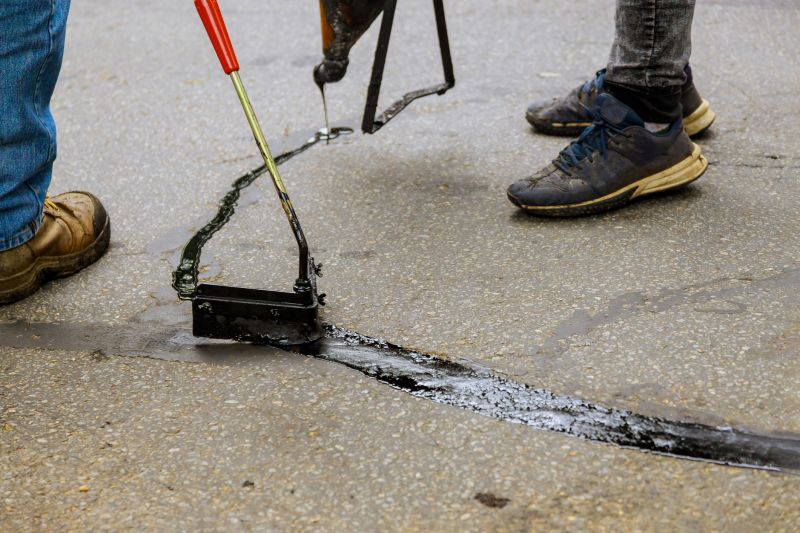
Spring offers moderate temperatures and moisture levels ideal for sealing and crack filling.
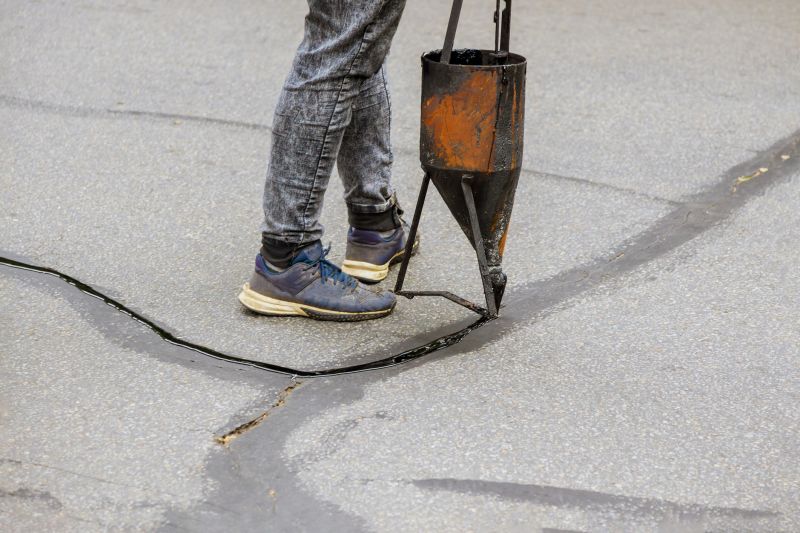
Cooler weather helps set repairs effectively, preventing issues caused by winter freeze-thaw cycles.

Ways to make Asphalt Service work in tight or awkward layouts.

Popular materials for Asphalt Service and why they hold up over time.
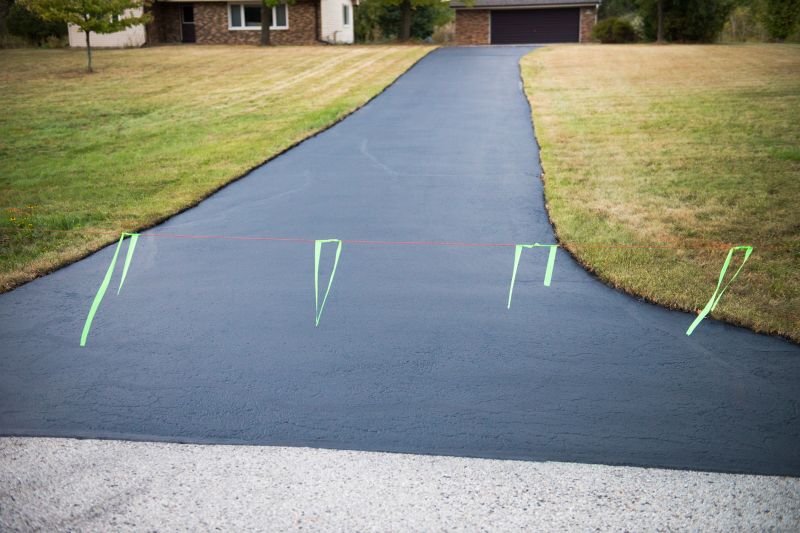
Simple add-ons that improve Asphalt Service without blowing the budget.

High-end options that actually feel worth it for Asphalt Service.
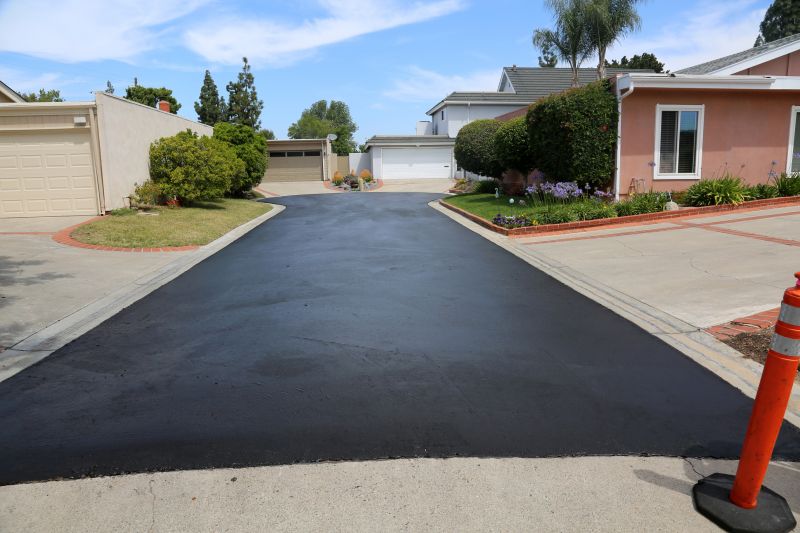
Finishes and colors that play nicely with Asphalt Service.
Timing impacts the quality and durability of asphalt work significantly. During hot weather, asphalt can be properly compacted, reducing air voids and increasing stability. Conversely, cold temperatures hinder proper curing and bonding, leading to premature deterioration. Spring and fall are generally considered the best seasons for asphalt service due to moderate temperatures and manageable moisture levels.
Optimal asphalt work occurs when ambient temperatures are between 50 and 85 degrees Fahrenheit, ensuring proper compaction and bonding.
Avoid scheduling during or immediately after heavy rain to prevent moisture-related issues such as poor adhesion and surface defects.
Spring and fall provide ideal conditions with moderate temperatures and less extreme weather, making them preferable for asphalt projects.
Cold temperatures and freeze-thaw cycles can cause asphalt to crack and deteriorate prematurely, making winter less suitable for major repairs.

Ideal for sealing and crack filling due to moderate temperatures.
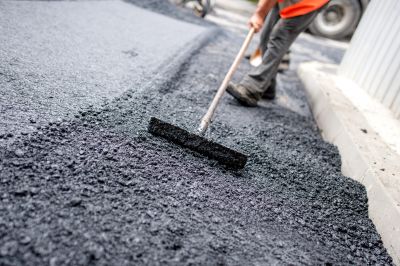
Best suited for paving and resurfacing when temperatures are high.
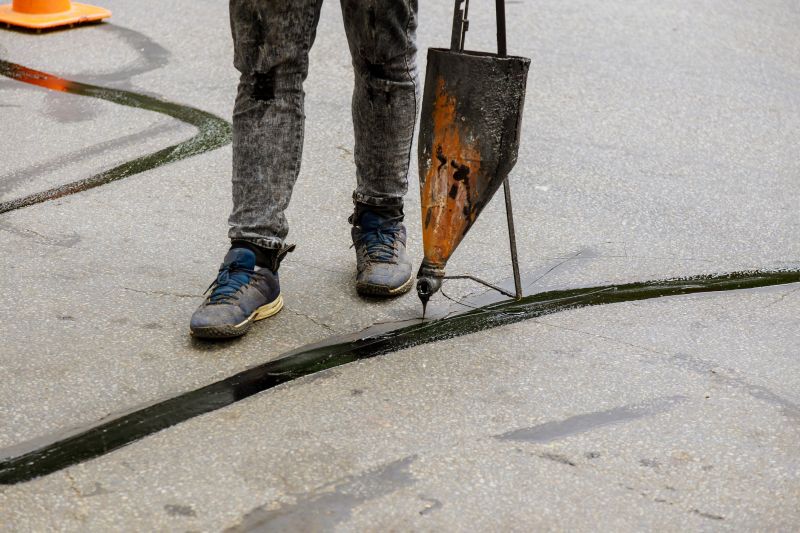
Suitable for repairs before winter freeze-thaw cycles begin.
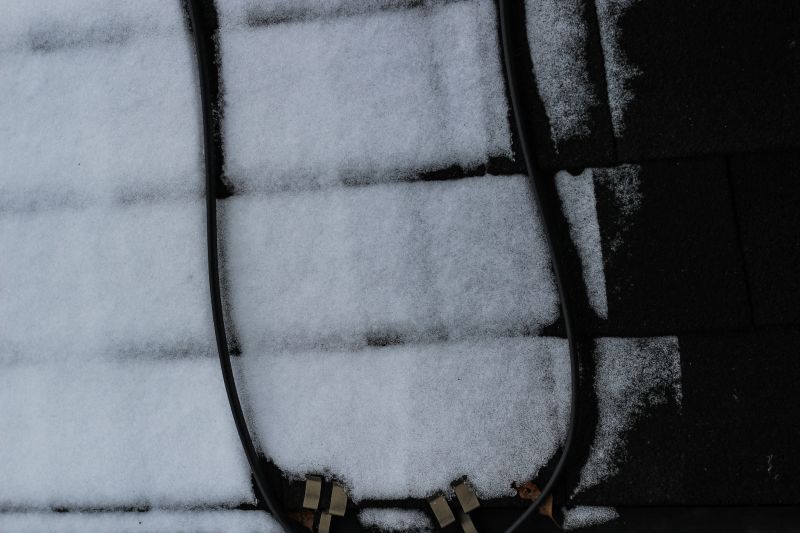
Cold weather restricts major asphalt work due to poor curing conditions.
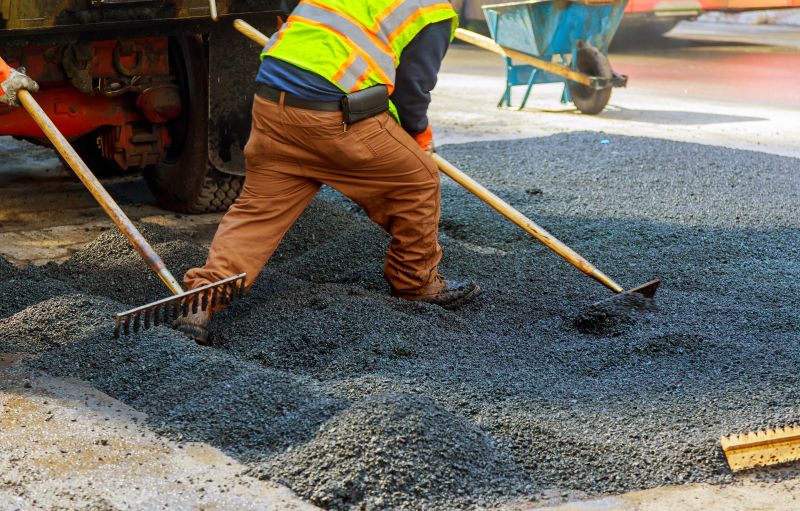
A 60-second routine that keeps Asphalt Service looking new.
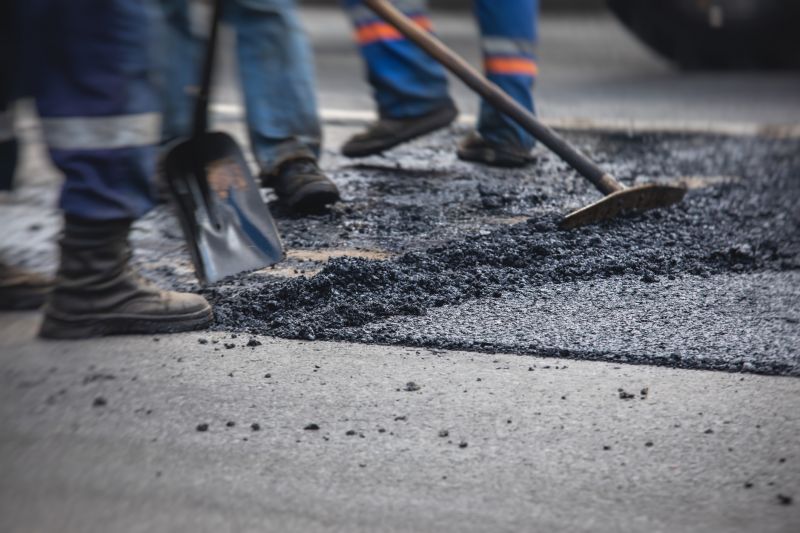
A frequent mistake in Asphalt Service and how to dodge it.

Small tweaks to make Asphalt Service safer and easier to use.

Lower-waste or water-saving choices for Asphalt Service.
| Season | Recommended Activities |
|---|---|
| Spring | Sealing, crack filling, minor repairs |
| Summer | Resurfacing, paving, major repairs |
| Fall | Sealing, crack filling, preparation for winter |
| Winter | Limited to emergency repairs and surface treatments |
Choosing the right season for asphalt service ensures optimal results. Proper timing can prevent issues such as cracking, rutting, and surface deterioration. Professionals recommend scheduling asphalt work during periods of stable, moderate weather to achieve the best durability and performance.
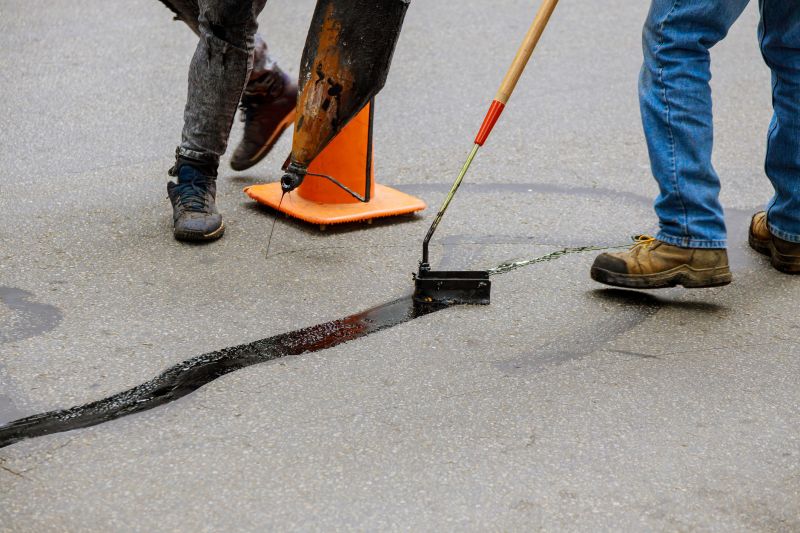
High temperatures support effective compaction and bonding.
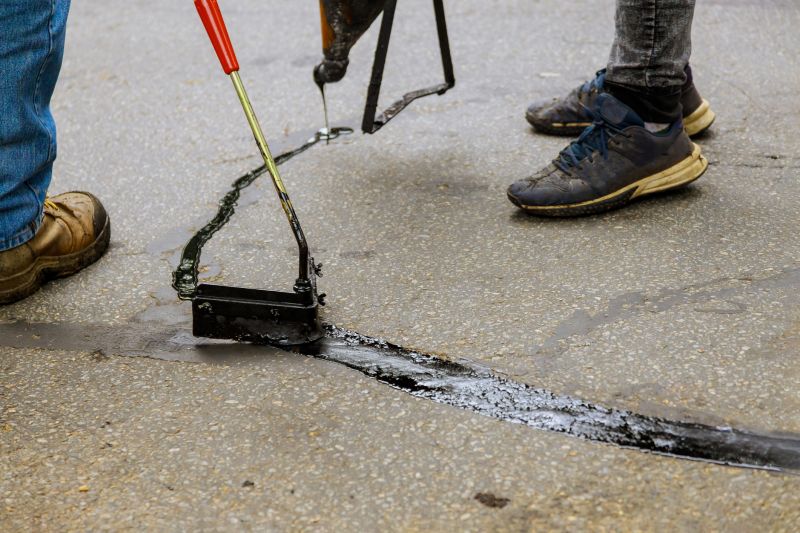
Ideal for sealing and crack repairs.
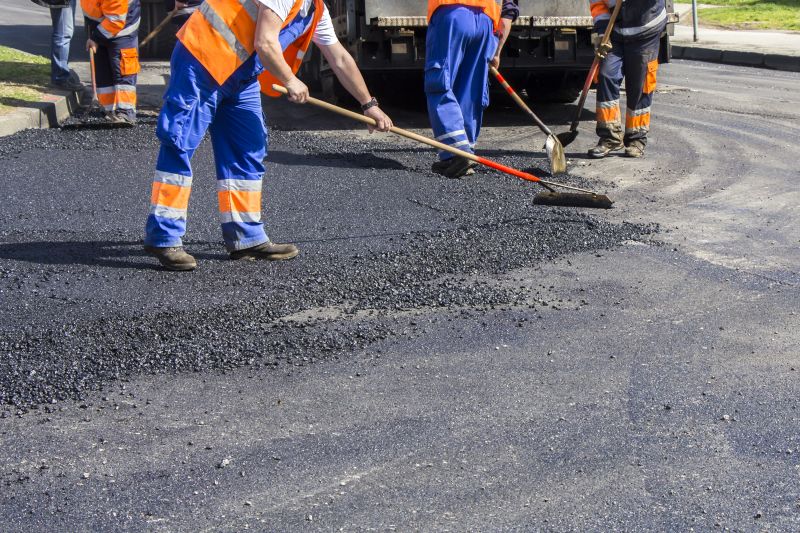
Prepares surfaces for winter conditions.

Limited to surface treatments and emergency repairs.

The short, realistic tool list for quality Asphalt Service.
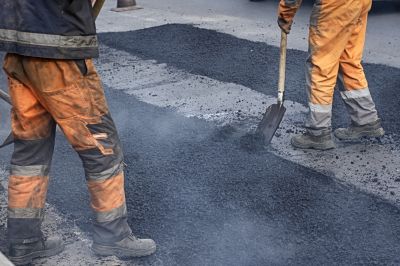
Rough timing from prep to clean-up for Asphalt Service.

Quick checks and paperwork to keep after Asphalt Service.
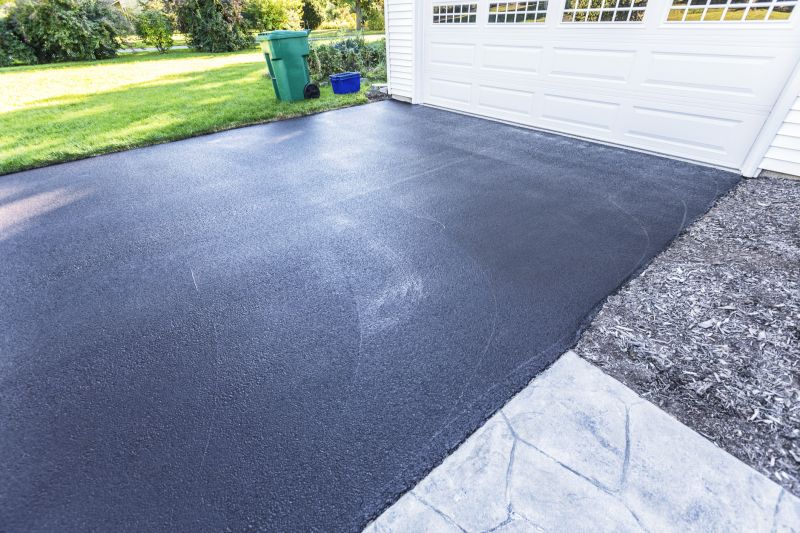
Examples that show the impact a good Asphalt Service can make.
Proper scheduling based on seasonal conditions can significantly enhance the lifespan of asphalt surfaces. Consulting with asphalt professionals can help determine the best timing for specific projects, ensuring quality results and long-term durability.
Interested in scheduling asphalt work? Fill out the contact form to discuss options and timing.
